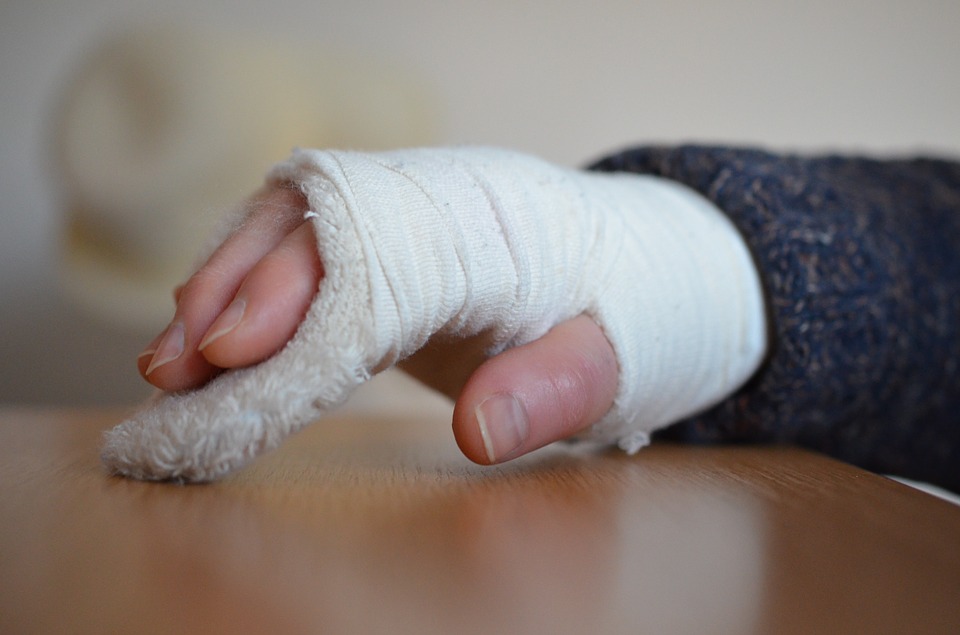What did you know Fractures and how their repair
A bone fracture is a medical condition in which there is a damage in the continuity of the bone. A bone fracture may be the result of high force impact or stress, or a minimal trauma injury as a result of certain medical conditions that weaken the bones, such as osteoporosis, bone cancer, or osteogenesis imperfecta, where the fracture is then properly termed a pathologic fracture.[1]

Types of Fractures
A fracture means that a bone has been broken. There are different types of fractures classified as to extent of damage.
- Simple (closed) is the broken parts are still in normal anatomic position; surrounding tissue damage is minimal (skin is not pierced).
- Compound (open) is the broken end of a bone has been moved, and it pierces the skin; there may be extensive damage to surrounding blood vessels, nerves, and muscles.
- Greenstick is the bone splits longitudinally. The bones of children contain more collagen than do adult bones and tend to splinter rather than break completely.
- Comminuted is two or more intersecting breaks create several bone fragments.
- Impacted is the broken ends of a bone are forced into one another; many bone fragments may be created.
- Pathologic (spontaneous)is a bone breaks with- out apparent trauma; may accompany bone disorders such as osteoporosis.
The Repair Process
Even a simple fracture involves significant bone damage that must be repaired if the bone is to resume its normal function. Fragments of dead or damaged bone must first be removed. This is accomplished by osteoclasts, which dissolve and reabsorb the calcium salts of bone matrix. Imagine a building that has just collapsed; the rubble must be removed before reconstruction can take place. This is what the osteoclasts do. Then, new bone must be produced. The inner layer of the periosteum contains osteoblasts that are activated when bone is damaged. The osteoblasts produce bone matrix to knit the broken ends of the bone together.
Because most bone has a good blood supply, the repair process is usually relatively rapid, and a simple fracture often heals within 6 weeks. Some parts of bones, however, have a poor blood supply, and repair of fractures takes longer. These areas are the neck of the femur (the site of a “fractured hip”) and the lower third of the tibia.
Other factors that influence repair include the age of the person, general state of health, and nutrition. The elderly and those in poor health often have slow healing of fractures. A diet with sufficient calcium, phosphorus, vitamin D, and protein is also important. If any of these nutrients is lacking, bone repair will be a slower process.

Thanks for the excellent submit! @mulwisdom
Interesting post loved reading it
When you experience a bone break (also known as a fracture), it’s important that the bone can heal properly in its original position. There are several treatments for a broken bone, and the one a doctor recommends is based upon several factors. These include how severe the break is and where it is. While some bones can heal by wearing a cast, others may require more invasive treatments, such as bone fracture repair.
Bone fracture repair is a surgery to fix a broken bone using metal screws, pins, rods, or plates to hold the bone in place. It’s also known as open reduction and internal fixation (ORIF) surgery.
PURPOSE
Thanks for your explanation...great comment